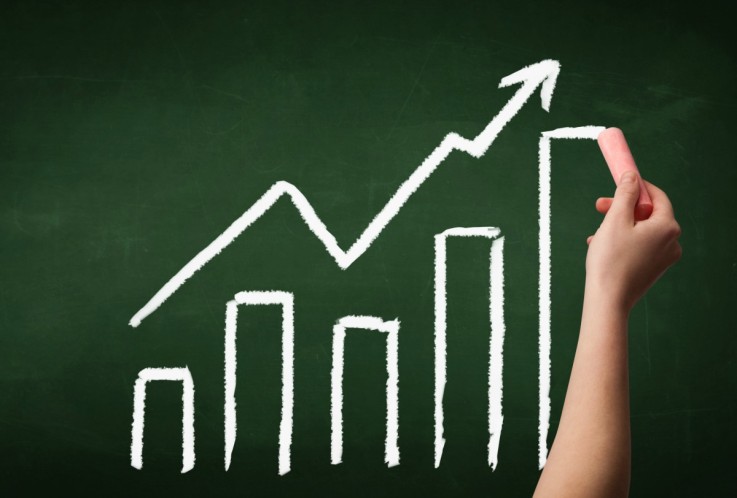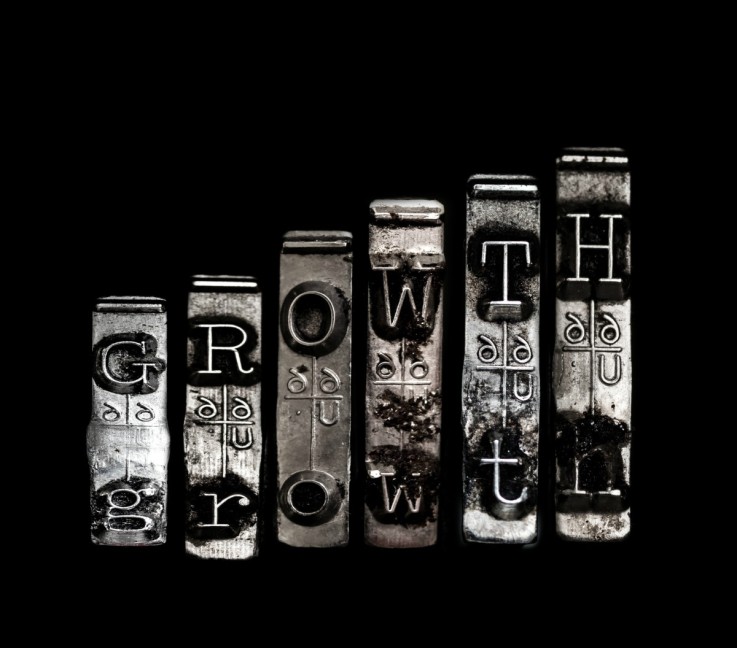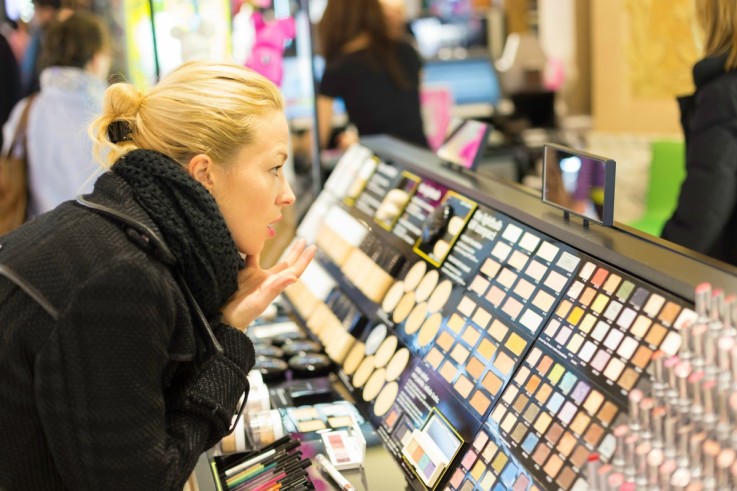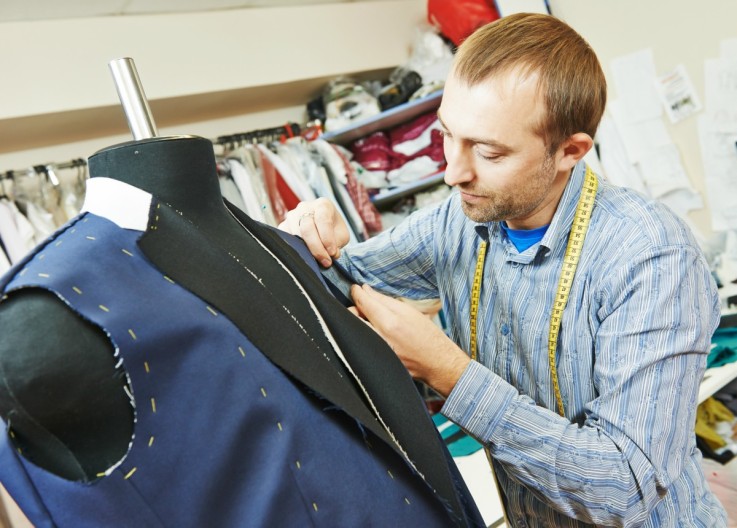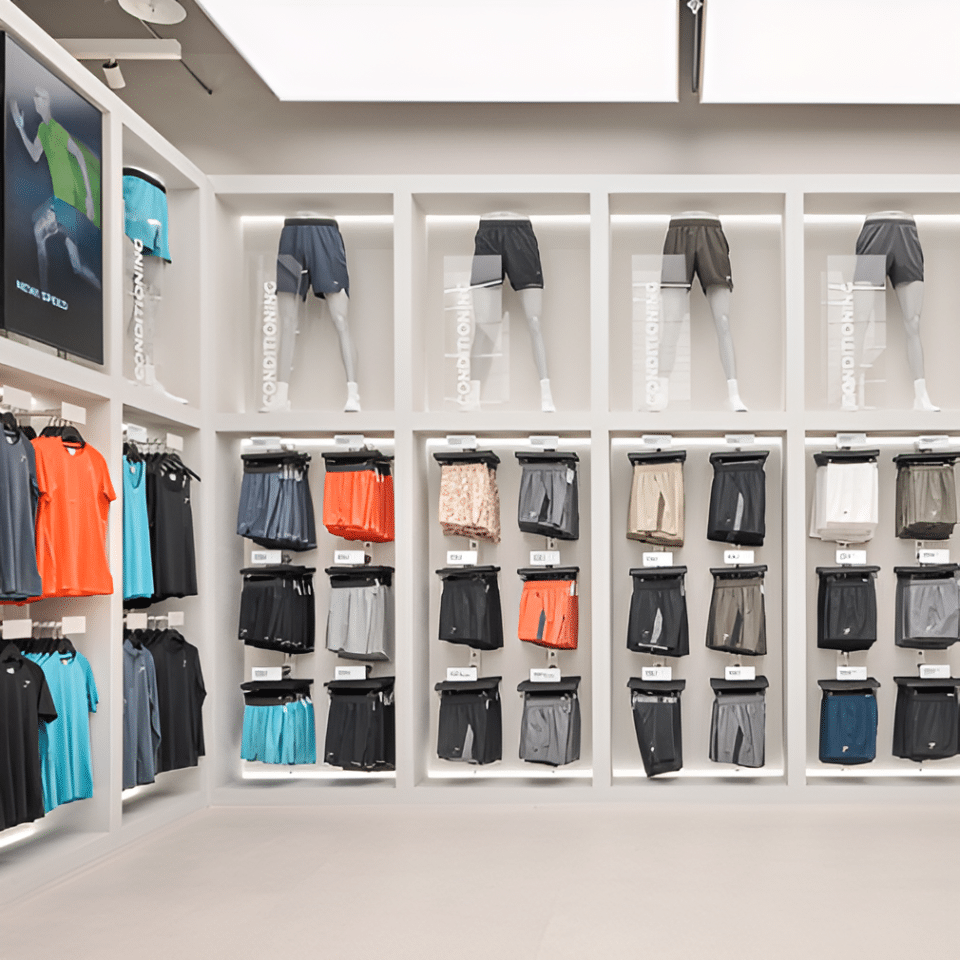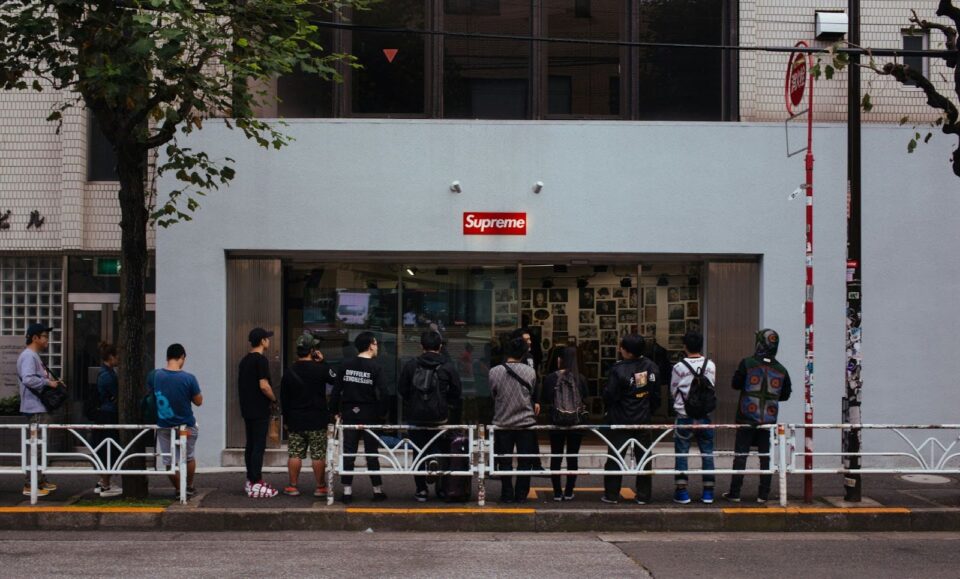These Two Things Will Determine Retail’s Future Success
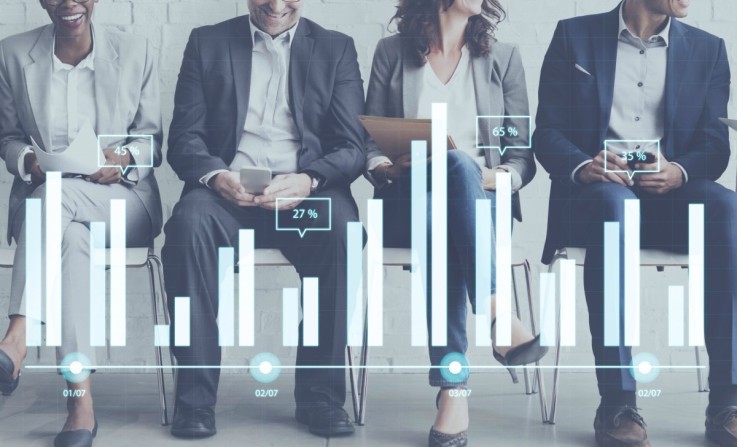
Retail has changed hugely in recent years. And it’s going to keep on changing. While it’s difficult to say exactly what it will look like in the future, we do know the two things that will underpin its success. It’s time for retailers to listen up – they need to get both of these right. Or they’ll fail.
Harnessing exponential technologies
First is to make use of exponential technology. Retail tends to develop linearly with small incremental progress year after year. Whereas, technology leaps forward in an exponential pattern. Every 18 months to two years it becomes twice as powerful, twice as good. And at the same time the cost halves.
For a lot of retailers new technology is yet another cost for them to bear. But harnessing new technologies, such as cloud computing and sensors, is the way that major contenders like Amazon stay ahead of the competition. They peg the growth of their business on the growth on these exponential technologies.
Look at the high street of today. It’s not hard to pick out those companies that were slow to put in place a decent e-commerce strategy. Or mobile. Or technology for better in-store experiences, such as mobile POS or beacons and sensors. Customers’ expectations around the level of service provided are becoming more demanding. Stores without the technology required to deliver those demands fall into the gap.
Often this is because in its early phases new technologies can be disappointing. They don’t necessarily perform in the way retailers think they should. They don’t always match up to expectations or projections at first. And this can lead some companies to dismiss them or to give up on them early.
Yet, following this exponential growth pattern, technology tends to become better and better each year. Retailers that understand this and the applications for these technologies in their business, can see that business massively pushed forward once the technology takes off. Companies that disregarded it early on are unfortunately left behind.
Retailers should make sure they’re aware of the developments in exponential technologies. They should be thinking about what they could do for their businesses. Especially in communicating with customers or removing the pain points from the shopping experience. And what they could do if they were two times better, or half the price. Cost can be a huge factor when implementing new developments. It is vital retailers recognise that things that are expensive when first conceived will become cheaper over time.
Meeting human needs
Second is to always make sure this tech meets age-old human needs in new and better ways. As Amazon’s Jeff Bezos says it’s easier to look at what won’t change than what will. And customers will always want low prices, convenience, fast delivery, simple ordering etc. No wonder then that Amazon invests in things that execute those basic desires in better and better ways.
Human needs have never changed that much. Even if one day we visit friends and family in driverless or flying cars, we’re still going to want to sit down and chat when we get there. That desire for human connection and interaction isn’t going to change.
By identifying the things that are always going to be important to their customers, retailers can put more resources into improving them. Whether that’s price, delivery, consistent experience across all shopping channels, curation etc. There’s also less risk involved compared to trying to second guess what will change going forward.
And if retailers understand how they can use exponential technology to deliver human wants in ever better ways, then they can innovate more boldly. They can also use technology to test models and new concepts before putting them into action.
Retailers need to think about which human needs they answer. Or the needs they could answer in the future. Do customers shop with them because they pique their curiosity? Or their desire to explore, to play, to touch, to interact? Maybe they answer a social responsibility driver? Or customers trust them to curate the best products. Perhaps they meet that desire to nab a bargain? Or to be ahead of the curve?
Principles in action
Using beacons as an example, it’s easy to see good and bad applications of the technology in the market. The Regent Street app, a partner to the famous shopping street, uses beacon technology to push offers from stores to a potential customer’s phone. Yet, while the technology is there human need isn’t taken into account. The result is a lot of generic, untargeted and unwanted offers that don’t benefit the individual customer. Even though the promise is personalisation.
Meanwhile, Nordstrom is using the same app and beacon idea, but in a way that is useful to customers. The app knows what’s in a customer’s shopping basket, so as they pass by a Nordstorm store the company can ping them to let them know those items are in stock. By combining exponential technologies and human need, Nordstrom has created something that improves the shopping experience for the customer.
If retailers only focus on human need then they will continue to follow that linear growth path. This means they can be overtaken by companies that are harnessing the power of exponential technology. Likewise, if retailers only focus on exponential technology then they won’t see any return on their investment because they’re not utilising it to make customers happier.
Two steps to future success
Of course meeting customer’s needs should be the biggest priority. But, the most successful retailers of the future are nailing both aspects of this. Exponential technologies can provide a huge boost to retailers when used in the right way.
It’s important to remember technology is not always the solution. It is not a silver bullet. Some customer needs are best solved with low tech tools, such as old fashioned customer service from a living, breathing member of staff. It’s about choosing the right tool in each case.
Retailers should be playing around with as many exponential technologies as possible, because technology is changing everything. Technology can improve relationships with customers, it can improve the overall experience, and it can identify customer needs and wants in new ways. And different technologies and experiences can operate side-by-side. It doesn’t have to be one or nothing.
While technology may be facilitating the future of retail, retailers should be thinking about the customer the whole time. The retailers that are going to thrive will be those keeping both of these things in mind. Because one doesn’t work without the other.
Read more about why exponential is the future of retail.

